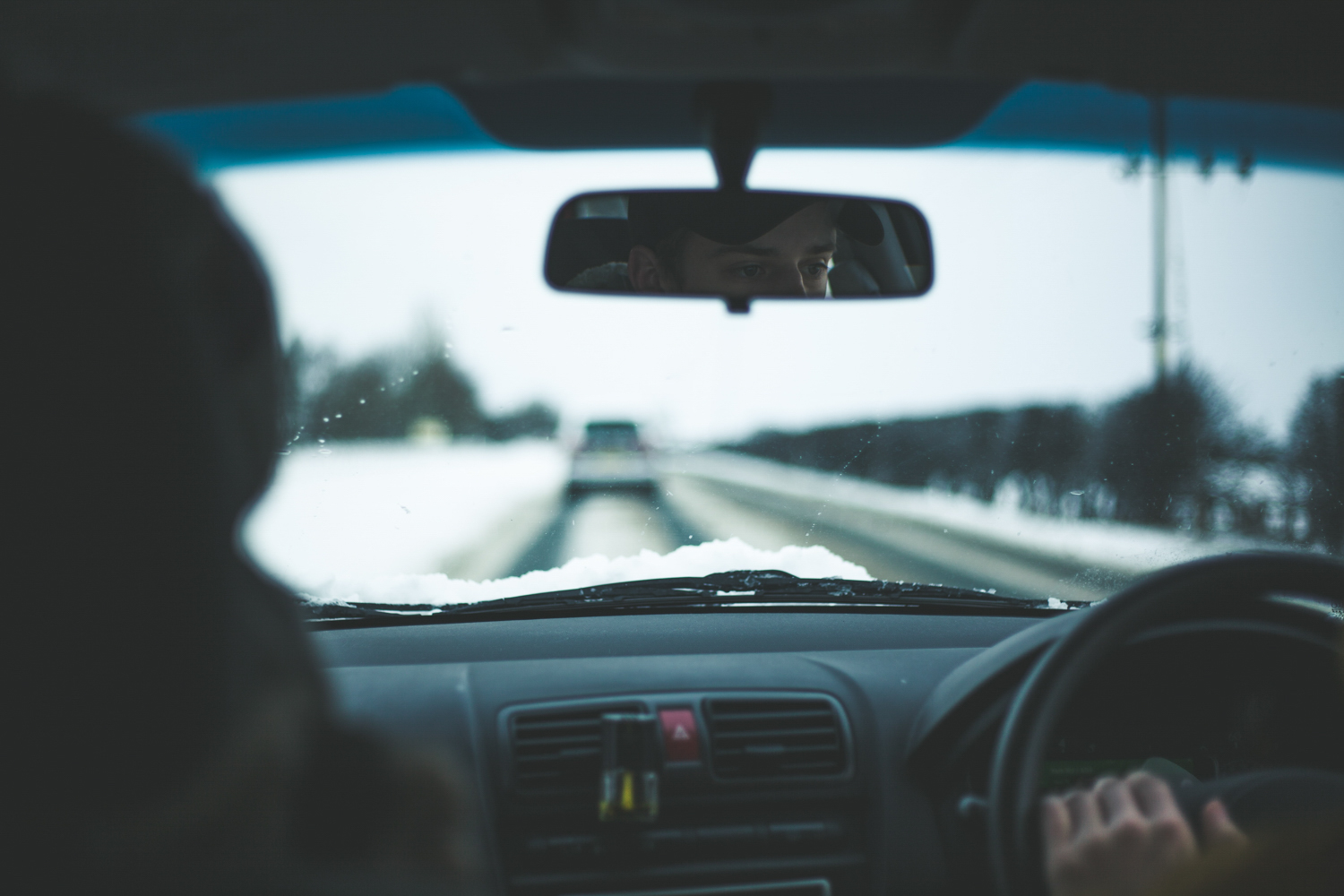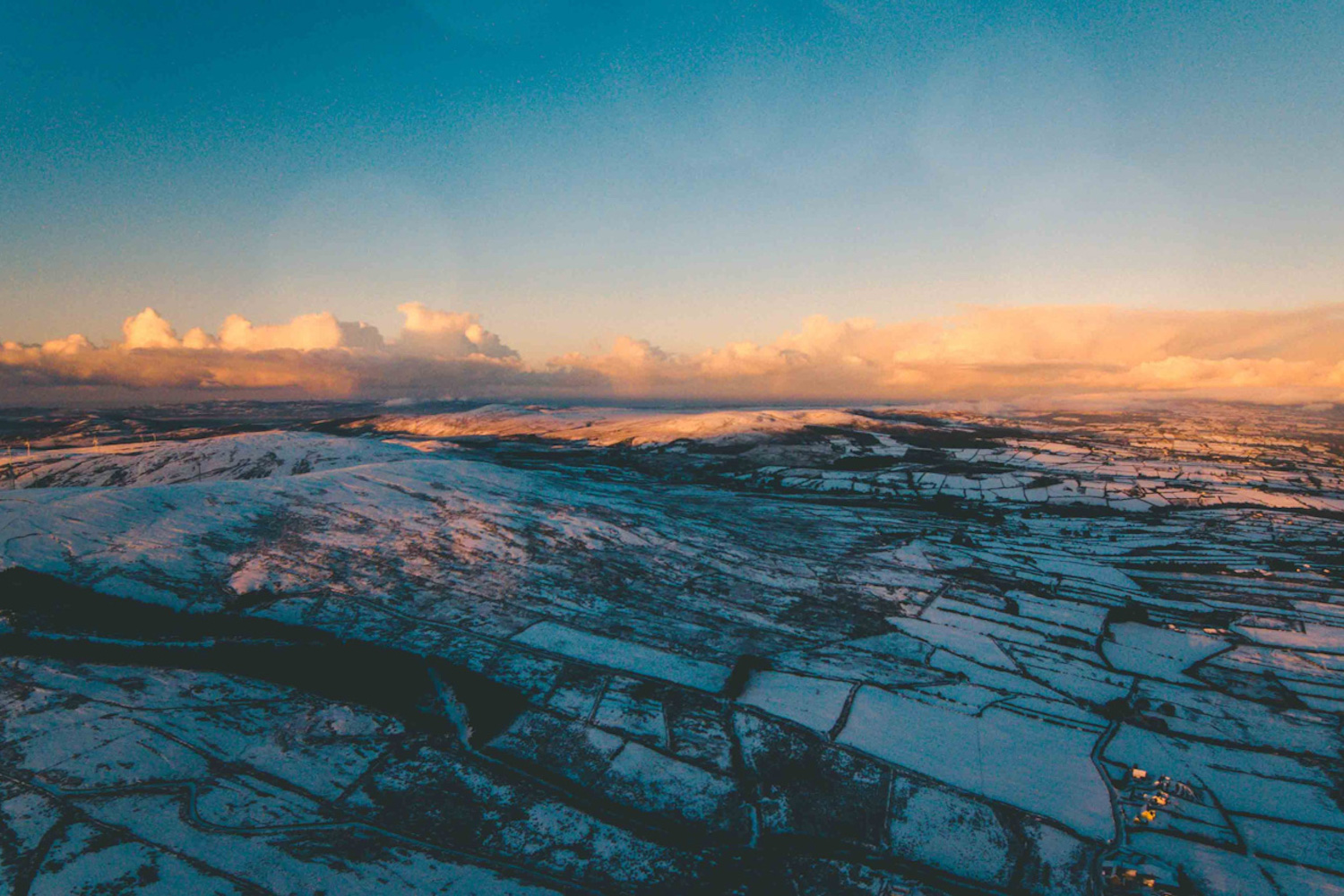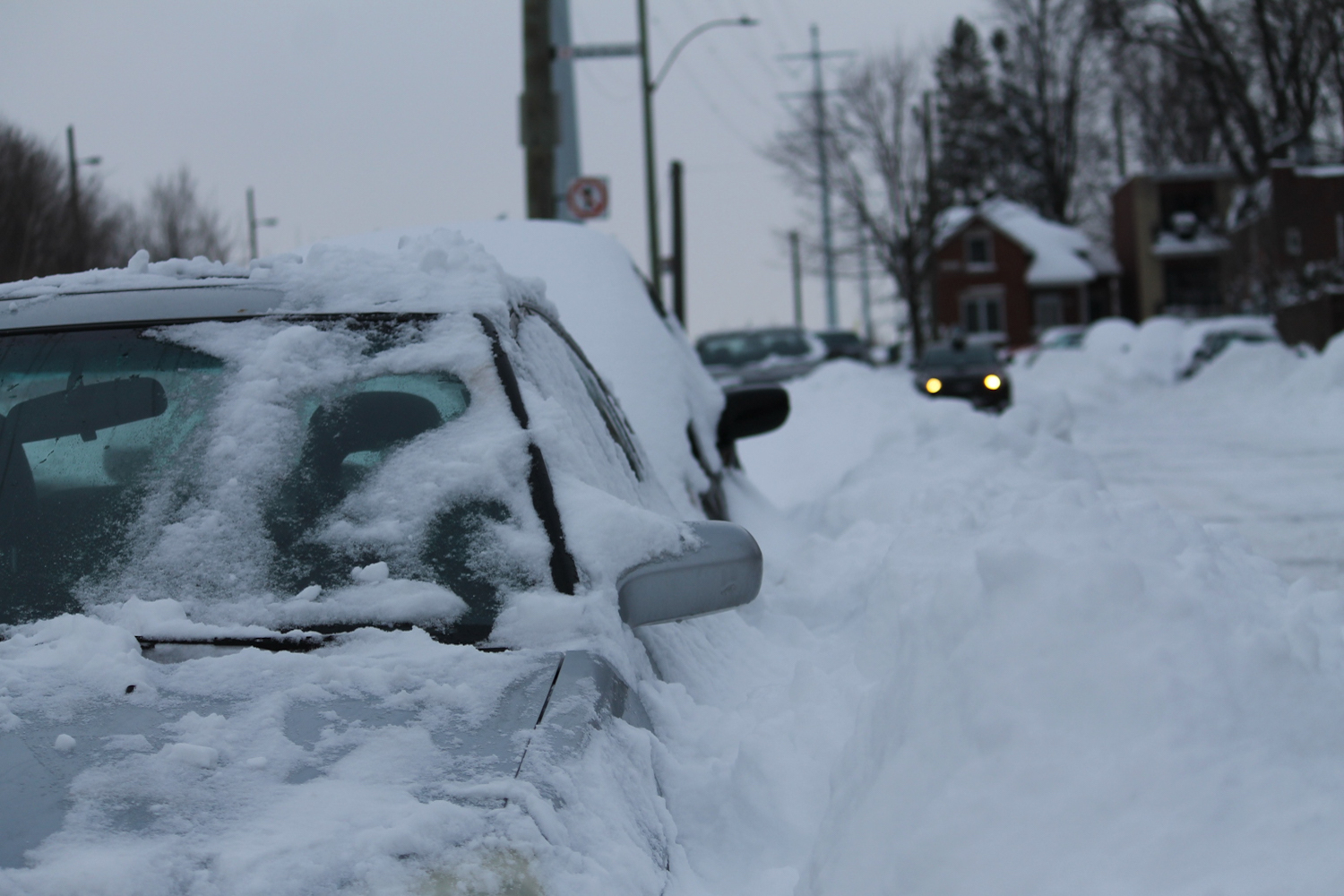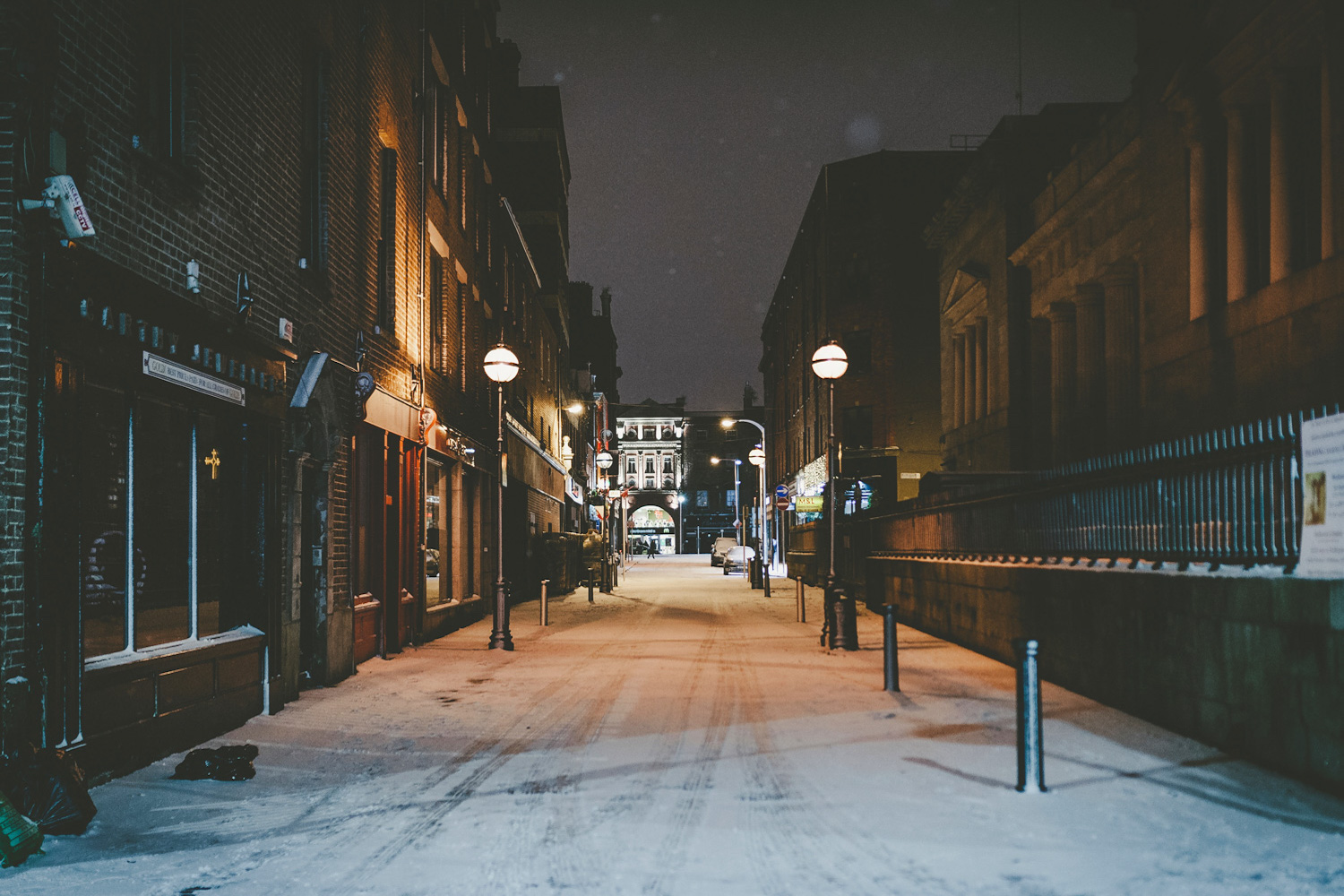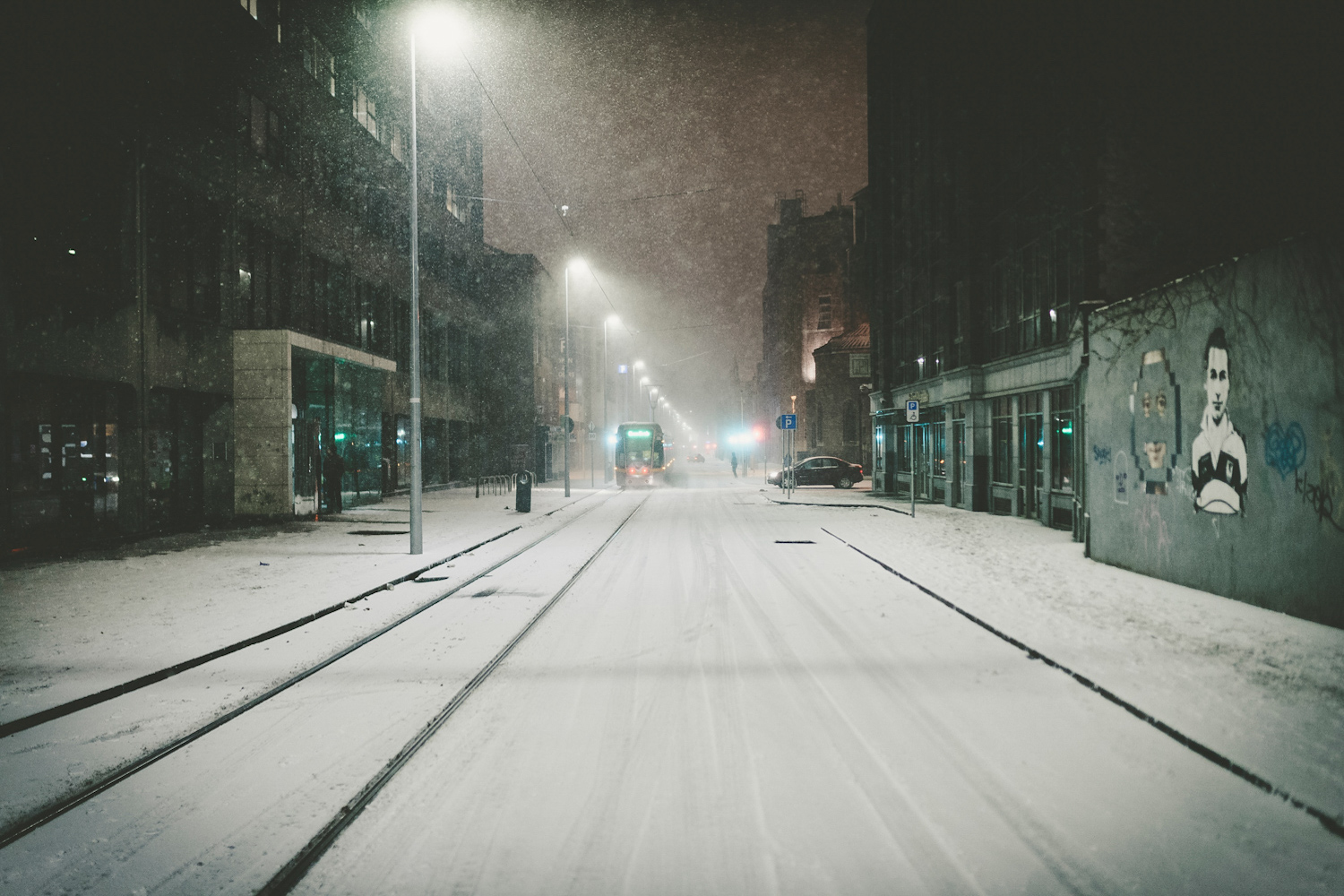What's the best advice for driving on snow and ice? Don't do it. Stay home. Drink much hot chocolate and binge-watch something good on Netflix. Honestly, that's the best advice. Why go out? It's dangerous and cold out there...
OK, so that's not usually going to be an option for most of us. So, if you have to go out, try following a few sensible hints and tips to keep you moving and keep you safe.
Tyres
First, tyres are crucial. Now, we appreciate that this requires a bit of forethought, but having good tyres, suitable for winter, is definitely the best thing you can do. Forgot the front-wheel drive, four-wheel drive (or rear-wheel drive) debate - tyres make the biggest difference. It's not just the tread pattern either (although that can make a critical difference when driving on actual snow), it's the chemical composition of the tyre. When the ambient temperature drops below about seven degrees Celsius, the physical material of the tyre starts to harden, which means it flexes less, which means it grips less.
Specialist winter tyres are made of softer, less temperature-sensitive material, which remains flexible at lower temperatures. The difference is stark - we've driven rear-wheel-drive BMWs on winter tyres in slippery conditions and it's like driving around with a personal piece of the Caribbean under the car. Of course, having a separate set of tyres for winter and summer can be expensive, and choosing the right moment to put the winters on can be tricky, so it's probably better to have a set of all-season tyres on the car instead; these make for a good compromise. Snow socks, or similar covers for your tyres, can be useful for specific incidents (like getting your car out of a steep driveway), but please do check first which wheels of your car (front or rear) are driven. Not much point in putting them on the wrong wheels, as we have seen some people do... Oh, and forget about snow chains and studded tyres - they're illegal under the Irish Road Traffic Act.
How you drive
Beyond the tyres, your driving technique matters most. The simplest and best advice is just to slow down when it's slippery. Give yourself more time to react to any slips or slides, give yourself more space around the car (especially braking distance, which can be way, way longer than it is even in normal wet conditions) and be prepared to have more than one go at getting out of a slippery junction.
Those of you with SUVs; don't go thinking that they give you a free pass when it's icy or snowy. Even if they have four-wheel drive (and many don't), all that does is get you moving more easily - you're going to have the same limitations when it comes to braking and steering, so you need to go as slowly as everyone else.
Be prepared
Of course, there's always the worry that you might get stuck out there (either because you've slid into a ditch or because someone else has and blocked the road), so it's a good idea to prep before you leave - some extra blankets, some chocolate or other non-perishable snacks, maybe a thermos of coffee too in case you have to wait it out for a while. A book, too, maybe?
Clear the windows
Of course, before you leave you need to clear your screens. Now, this is all-too common a sight - someone driving along, peering out of a tiny slit in their iced-up windscreen, because they were too impatient to wait for the car to clear up. So again, slow down and take your time - let the car defrost, which you can speed up by gently scraping the ice off the screens with a plastic blade (don't use hot water - the glass can chatter if you change its temperature too fast), but otherwise you just need to wait. Oh, and don't leave your unattended car running with the keys in it - obviously.
If it has been snowing heavily, you also need to stop and clear the snow off your roof, windows, mirrors, bonnet etc. Fail to do that, and while you might have a clear windscreen, you're going to be carrying your own personal blizzard with you, spraying snow at cars behind you when you're driving, and in danger of the snow slipping forward off your roof and onto your windscreen when you brake.
Beyond that, just take your time, and be patient and understanding of other road users (whether in a car, on a bike, or on foot) who are also having to deal with the same conditions as you. Let's be careful out there, people.

